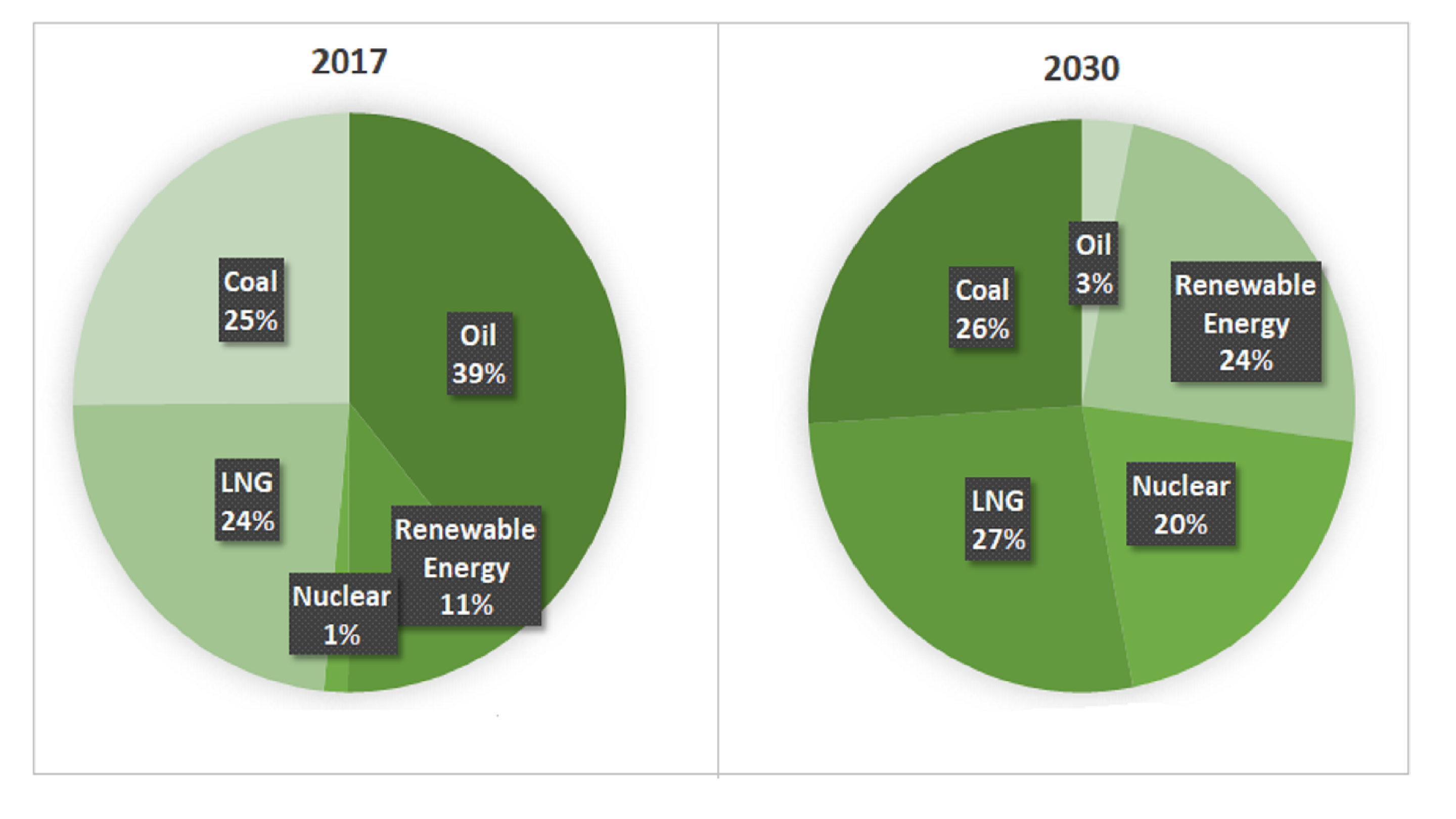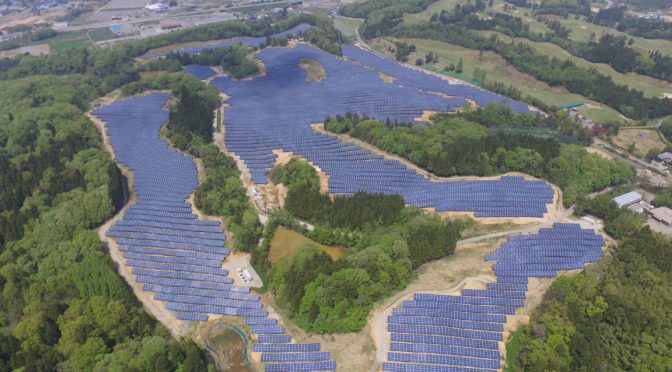Earlier this week, the United Nations chief Antonio Guterres, strongly urged Japan and other wealthy nations to abolish the need for coal and fossil fuels as the primary energy source. You can find the full column on green energy in Japan here at business-japan.jp.
The Paris Agreement went into effect in November 2016 with the central goal to counter climate change by limit global warming to 1.5 degrees Celsius. To achieve this, Japan’s ratio of renewable energy must be at least 50% by 2030, according to a report by the Asia Investors Group.
In reality, the country is still dependent on coal and gas for power generation, so there is a need to reduce its reliance on fossil fuel. In 2017, renewable energy represented only 7.6% (11% including hydroelectricity) of the country’s total power generation, whereas the dependency on coal and fossil fuels (Oil/Gas) was a whopping 87.4%. This isn’t so strange, given that coal power, which currently supplies about a third of Japan’s power is expected to continue being the cheap option. So there is still a long way to go.

There are now several initiatives to counter this and Japan is joining the global cause to help avoid disastrous climate change. Ever since the Fukushima nuclear accident, Japan has steadily transitioned more into renewable power generation. METI (Ministry of Economy, Trade, and Industry) suggested in July to review Japan’s power mix starting next year with a focus on reducing carbon dioxide.
Solar power in Japan has been growing since the 1990s and the country is now a leading maker of photovoltaics (PV). Japan’s largest onshore wind farm has now also started its operations. For example the Tsugaru wind farm which stretches out over 12 km by the coast in Aomori prefecture and has a capacity for 122MW. This is expected to power over 90,000 households with renewable energy. Investments at the size of about $100 billion in solar and wind power are expected in Japan between 2020 and 2030. This would exceed Japan’s internal goal of 24% and reach about 27% of the renewable energy mix. The increase in investments will likely also be followed by a steadily decrease in cost for energy generation for solar and wind in Japan.
Besides solar and wind power, Japan also recently announced its hydrogen strategy. The plan is to have about 200,000 fuel cell vehicles within five years and up to 800,000 by 2030. This is compared to only 4,000 today. The challenge is that generating “green” hydrogen is 2-4 times more expensive than creating gas from fossil fuels.
